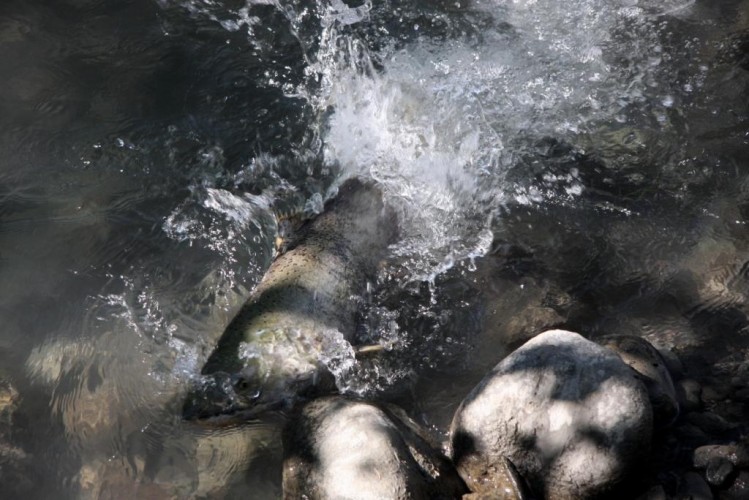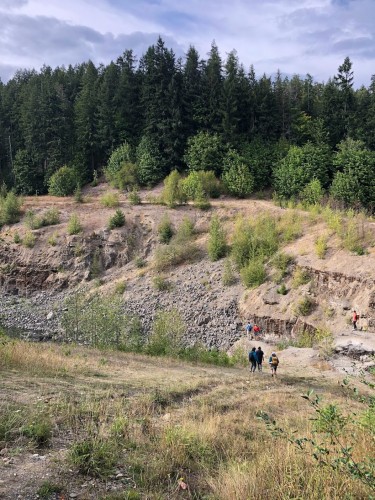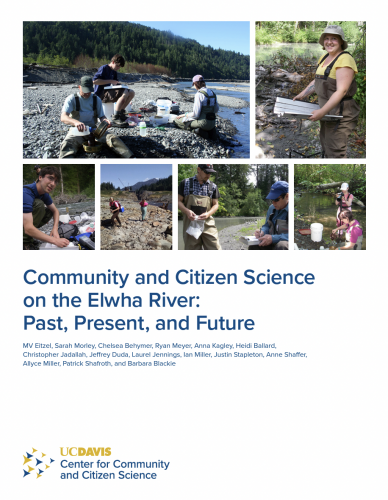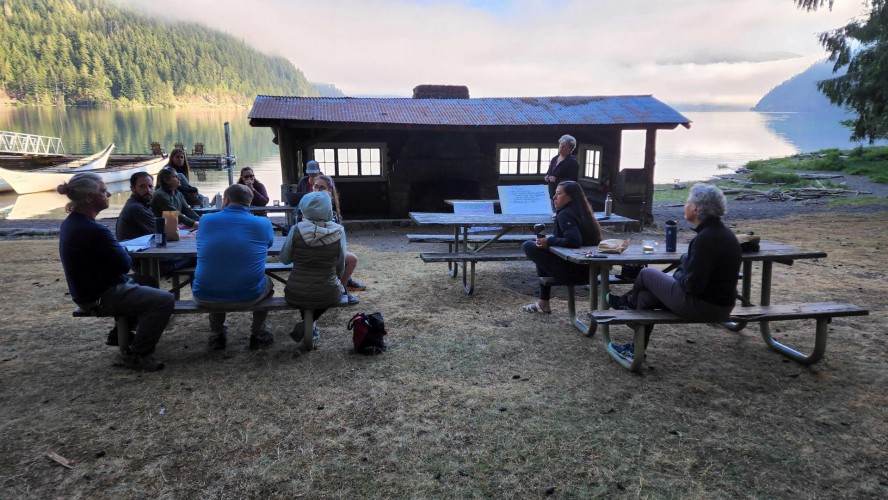CCS Elwa River
Project Update: Visiting NatureBridge in Olympic National Park
A new research partnership
In early September, Alexandra and Heidi traveled to Washington State to visit NatureBridge, an environmental education campus in Olympic National Park. Supported by the Resource Legacy Fund, the visit aimed to explore the potential of a new research partnership between the Center for Community and Citizen Science (CCCS), NatureBridge, and scientists at NOAA around a youth community and citizen science (YCCS) project related to long-term monitoring of the removal the Elwha Dam.
Report: Summary of Community and Citizen Science on the Elwha River
The UC Davis Center for Community and Citizen Science team has been working with researchers on the Elwha River in Washington state for more than a year now, and we are proud to share a new report summarizing what we have learned about Community and Citizen Science on the Elwha.
Project Update: Supporting Community and Citizen Science at the Elwha ScienceScape Symposium
The removal of two large dams from the Elwha river in the ancestral lands of the Coast Salish peoples was the first large-scale dam removal of its kind in the world. This effort has inspired many other watershed-scale restoration projects and dam removal organizations both nationally and internationally.
Project Update: Center for Community and Citizen Science supports expanded efforts in participatory monitoring of the Elwha River dam removal
On April 18-19th, 2022, researchers from the Center joined the scientific community working on the Elwha River in Washington State to think through the potential for growing public participation in future monitoring of the largest dam removal project in the world.














